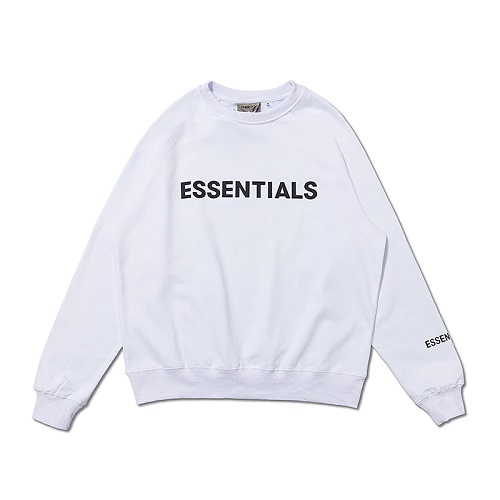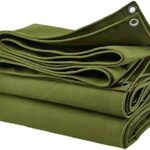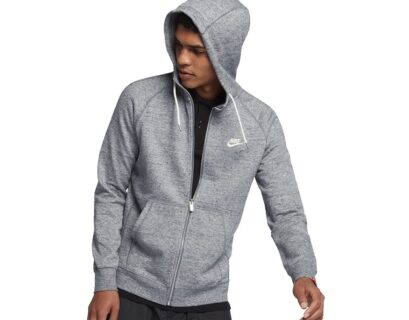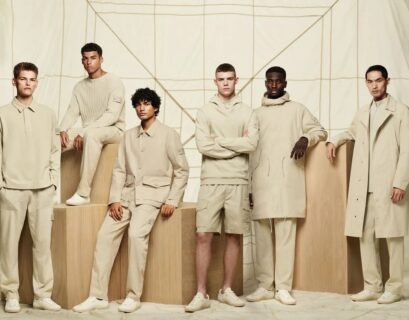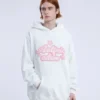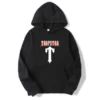Challenges in Sustainable Fashion
1. High Production Costs
One of the major hurdles for brands seeking sustainability is the cost of production. Ethical labor practices and environmentally friendly materials tend to be more expensive than their less sustainable counterparts. For instance, organic cotton, a staple in sustainable fashion, Visit now https://essentialsfogclothing.store/ can cost significantly more than conventional cotton due to lower yields and more intensive labor. Brands face the challenge of absorbing these costs or passing them on to consumers, which can affect competitiveness in the market.
2. Consumer Awareness and Acceptance
Another challenge lies in consumer education and awareness. While more people are becoming aware of sustainability issues, there is still a significant portion of the population that prioritizes affordability and trends over ethics. Moreover, the greenwashing tactics used by some brands create confusion, leading consumers to question the authenticity of sustainable claims. Brands must work to build trust and effectively communicate the value of sustainable products.
3. Supply Chain Complexity
The complexity of the fashion supply chain poses another challenge. To be truly sustainable, a brand must ensure that every step of its supply chain—from raw material sourcing to manufacturing and distribution—is environmentally and socially responsible. This requires significant investment in traceability and transparency, which can be difficult to achieve, especially for larger brands with global supply chains.
4. Technological Limitations
The fashion industry relies on materials and processes that have been optimized over decades. Transitioning to more sustainable materials often requires new technologies that are still in the developmental stages or are not yet commercially viable on a large scale. Innovations like biodegradable fabrics, 3D printing, and circular production models are promising but still face hurdles in scalability and cost-effectiveness.
5. Regulatory Challenges
While governments are beginning to implement policies that encourage or mandate sustainable practices, there is still a lack of standardized regulations across the globe. This creates challenges for brands operating in multiple countries. For instance, a garment may meet sustainability standards in one region but not in another, making it difficult for brands to have a unified approach to sustainability.
Opportunities in Sustainable Fashion
Despite the challenges, the push towards sustainable fashion presents numerous opportunities for growth and innovation. Brands that can successfully navigate these challenges will not only benefit from a positive brand image but also contribute to a more ethical and environmentally friendly future. Check it now https://ericemanuelclothing.shop/eric-emanuel-shorts/
1. Growth of Ethical Consumerism
One of the most significant opportunities lies in the rise of ethical consumerism. As consumers become more educated about the environmental and social impacts of fashion, they are more likely to support brands that align with their values. This shift presents an opportunity for brands to differentiate themselves by adopting and promoting sustainable practices. Building a loyal customer base that prioritizes ethics over price can lead to long-term growth and brand loyalty.
2. Innovations in Sustainable Materials
The development of sustainable materials is a fast-growing area of innovation. From recycled fabrics and plant-based materials to lab-grown leather, the potential for new and exciting sustainable fabrics is vast. These materials not only reduce the environmental impact but also provide opportunities for brands to market themselves as cutting-edge and forward-thinking.
For instance, companies like Econyl have developed fabrics made from recycled ocean plastic, offering a sustainable solution while also addressing the ocean pollution crisis. Similarly, mycelium-based leather offers an ethical alternative to traditional leather, which is both animal-free and environmentally friendly.
3. Circular Fashion Models
Circular fashion is another area with significant potential. Unlike the traditional linear fashion model—where products are made, used, and then discarded—circular fashion focuses on extending the lifecycle of garments through recycling, upcycling, and resale. Brands that adopt circular practices can reduce waste, lower production costs, and offer consumers new ways to engage with fashion.
Companies like Patagonia and Eileen Fisher are already pioneering circular fashion models, offering customers the option to return used clothing for recycling or resale. This not only reduces environmental impact but also fosters customer loyalty by providing additional value after the initial purchase.
4. Collaboration and Partnerships
As sustainability becomes a focal point in the fashion industry, there is an opportunity for brands to collaborate with other organizations, including NGOs, technology companies, and research institutions. Such collaborations can drive innovation and make sustainable practices more accessible and cost-effective. For example, partnerships with sustainable textile producers or blockchain companies can help brands enhance supply chain transparency and credibility.
5. Policy and Regulation Incentives
While regulations can be a challenge, they also offer opportunities. Brands that take a proactive approach to meeting or exceeding sustainability standards can benefit from government incentives, including tax breaks, subsidies, and grants for research and development in sustainable materials. Moreover, being ahead of the curve on compliance can improve a brand’s reputation and reduce the risk of future regulatory challenges.
The Future of Sustainable Fashion
The future of fashion lies in the ability to balance profitability with sustainability. Brands that successfully navigate the challenges of high production costs, supply chain complexity, and consumer awareness will be well-positioned to seize the opportunities presented by innovation, ethical consumerism, and circular fashion models.
As we move forward, sustainability will no longer be a niche area but a core part of how fashion brands operate. Companies that fail to adapt may find themselves left behind, while those that innovate and embrace sustainability will set the standard for the future of fashion.

